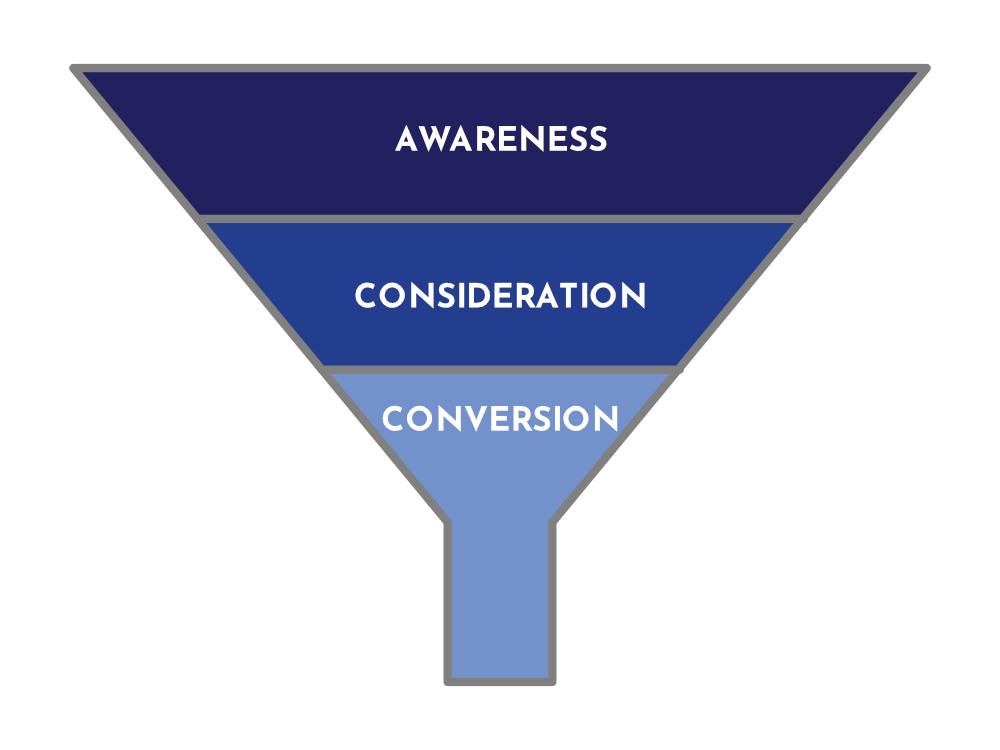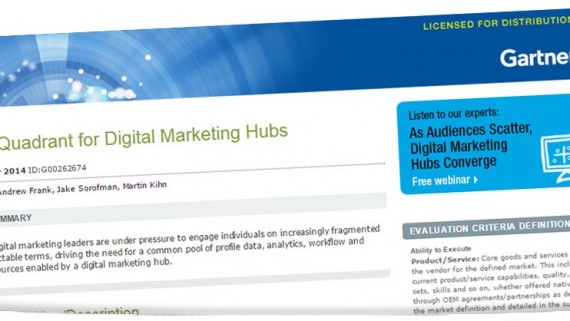Email Marketing Campaigns: 3 Best Practices to Give You an Edge
Formulating new ideas for outbound email campaigns requires a great message, design, and creativity. What messaging strategies should you consider? Should certain channels be taken into consideration? Perhaps executing and tracking your campaign seems daunting?
Here are a few helpful tips to consider as you develop and execute your campaign.
1. Chart the course and push down into the funnel
As you begin crafting your messaging to be used throughout your campaign, something to consider is the marketing/sales conversion funnel that can look something like this:
For example: For the awareness stage, your campaign communication should be somewhat high-level. Think of it as introducing yourself, your brand, and your solutions. “Here is who we are, what we do, and what we offer.”
The second message should get a bit more detailed. “You are now aware of who we are and what we offer – here is how we do it” for the consideration stage. Offer deeper insight on your solution set and include call to actions (CTAs) to areas of your website that include additional content such as video demos or whitepapers.
With the third stage having a goal of conversion, your messaging should get even more detailed. “You know who we are, how we can help – but here is how we can help you specifically.” This could include targeted messaging by industry, company size, or job function, just to name a few. Include a CTA for a live demo or sales follow-up.
This is a very simple 3-stage email campaign and can be adjusted by adding additional communications throughout the funnel as you initially chart out your campaign course.
2. Consistent design and messaging across all channels
Landing pages, content, and social media are common assets to include within an email campaign. As you develop these assets outside of your emails, run through these few things:
- Branding is consistent across all campaign channels, including logo and imagery
- Provide easy ways for prospects to get in touch with you and initiate conversation, like a demo or sales follow-up request, regardless of channel
- If your campaign has a theme within the imagery or copy, ensure that similar messaging and imagery is prevalent on each channel which helps deliver a clearer story throughout the consideration stage
3. Automate!
Marketing automation platforms give you the ability to set up your entire campaign via workflow, like the 3-stage example from above, and program unique and effective journeys for your recipients without any mid-campaign legwork. But what should you consider? Here’s a few tips…
- Automated Follow-up: If your recipient opens your first communication, continue them down the messaging path as intended. However, if they fail to open the first email, use workflows to divert their campaign path. Instead, consider resending the first email with a slightly updated subject line to encourage an open before sending subsequent messages.
- Goal Tracking: A common goal is to convert your recipients to a Marketing Qualified Lead (MQL) by encouraging a contact us or demo request form. At any point during your campaign, if a recipient fills out this form, consider using automation to remove them from the campaign workflow and instantly route to sales for follow-up.
- Lead Scoring: As your targets interact with your content, whether opening or clicking an email, visiting a landing page, or downloading your content, lead scoring is a highly effective method to further understand how each unique prospect is interacting with your brand. Once a score threshold is reached, the decision to to pass the lead to sales is automatic.
Interested in strategizing your 3-step campaign? Contact us here.





Comments
No comment yet.